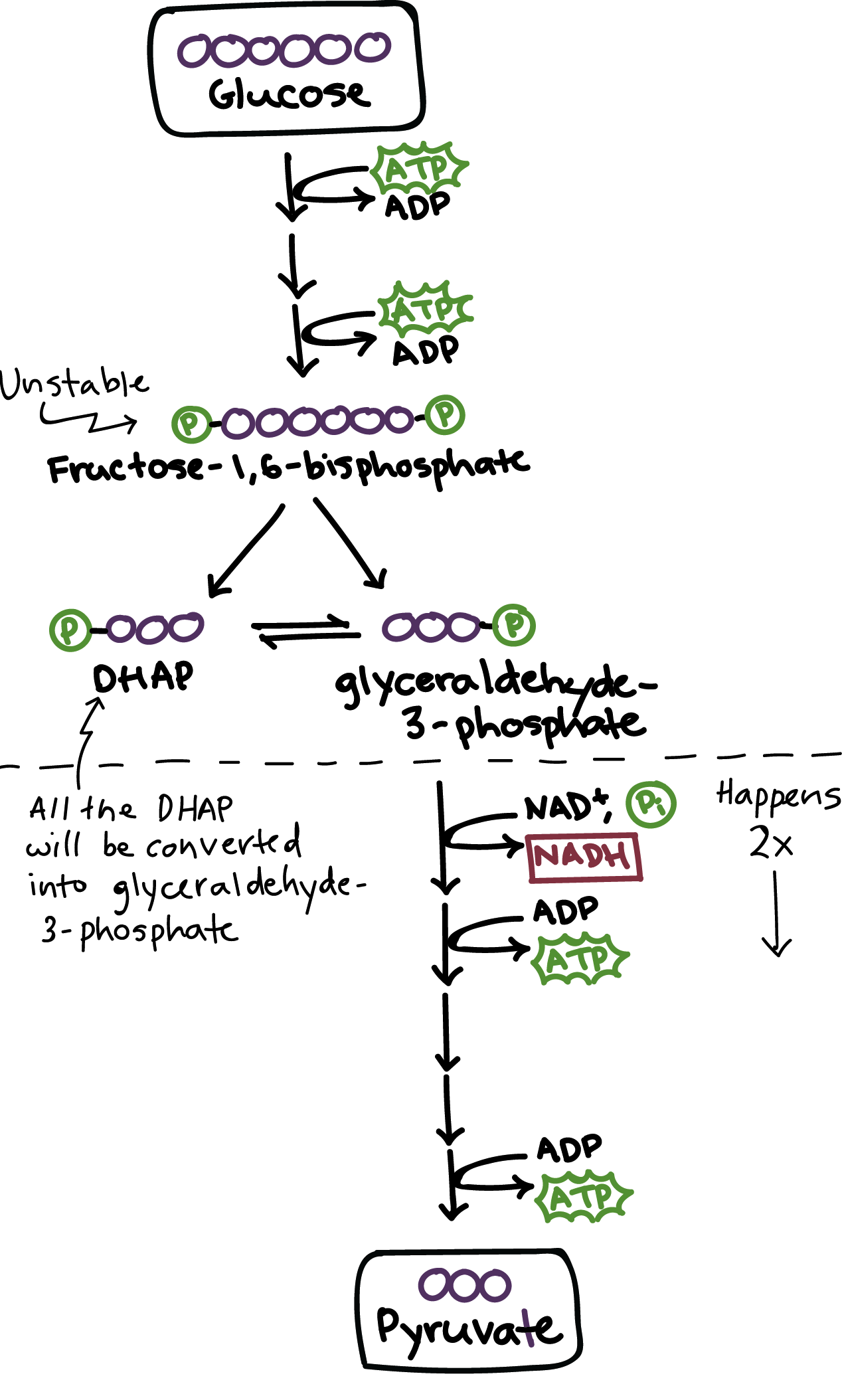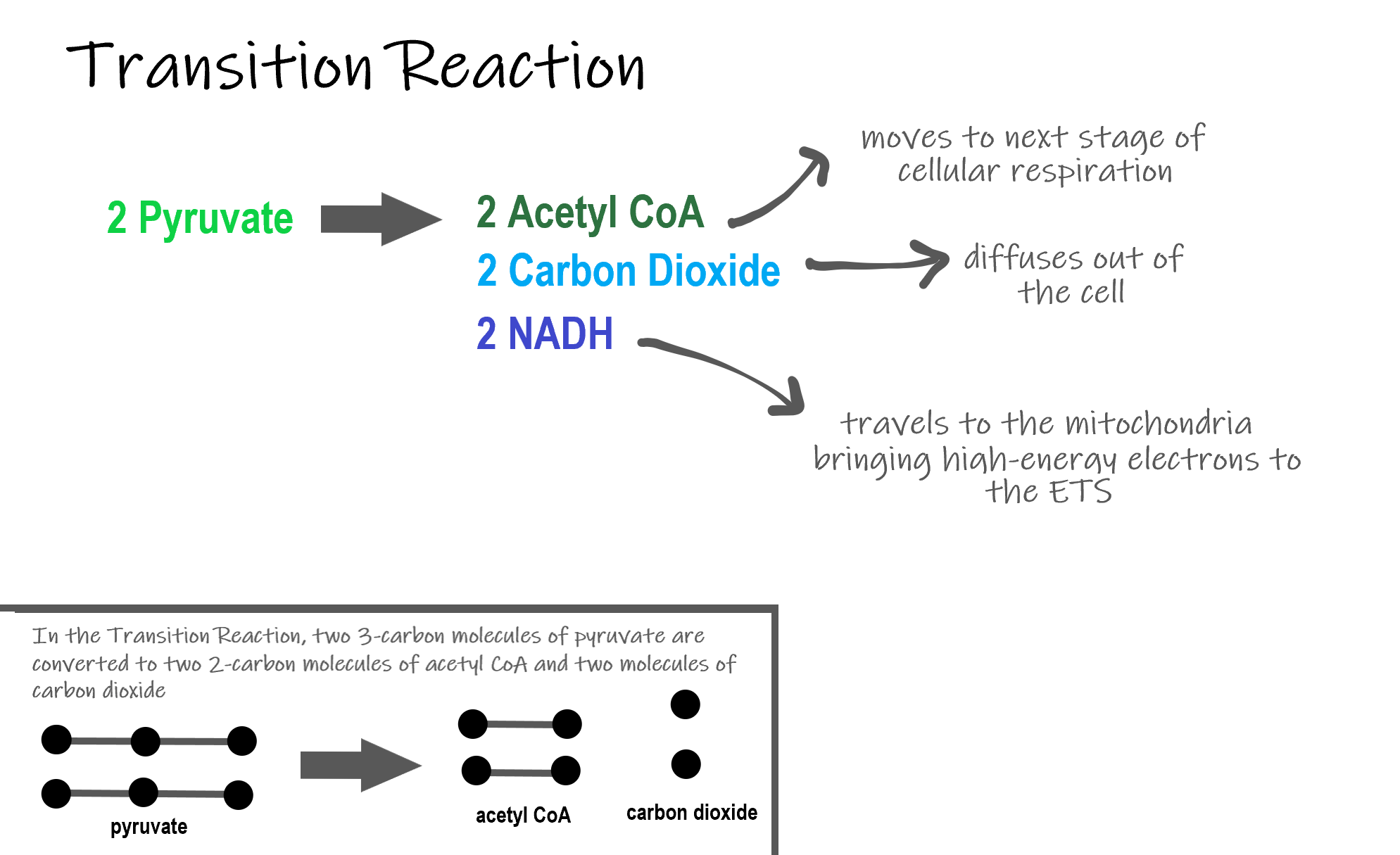Cellular Respiration Meaning In Biology

But cellular respiration is slightly more complicated than just converting the energy from glucose into ATP.
Cellular respiration meaning in biology. The process of cell catabolism in which cells turn food into usable energy in the form of ATP. Cellular respiration is a metabolic pathway that breaks down glucose and produces ATP. Refer to the image below for a quick overview of the process taking place during this respiration.
Both aerobic and anaerobic respiration involve chemical reactions which take place in the cell to produce energy which is needed for active processes. Aerobic respiration requires oxygen to fully oxidise the organic molecule. During cellular respiration glucose in the presence of oxygen is converted into carbon dioxide and water.
Cellular respiration is the process through which cells convert sugars into energy. Introduction to Cellular Respiration. In the cells of any non-photosynthetic eukaryote such as a person bread mold or a paramecium glucose and oxygen are going to come from outside the cell.
The process plays an essential role in maintaining the biological functions of all living cells. Anaerobic respiration is another type of cellular respiration that takes place in the absence of oxygen and produces energy. Cellular respiration Energy from nutrients is converted into ATP.
Google Classroom Facebook Twitter. Cellular respiration is a set of metabolic reactions and processes that take place in the cells of organisms to convert chemical energy from oxygen molecules or nutrients into adenosine triphosphate ATP and then release waste products. Cellular respiration biology definition.
Cellular respiration is a process that all living things use to convert glucose into energy. Cellular respiration is a set of metabolic reactions that take place in all living cells to release energy by converting biochemical energy from nutrients into adenosine triphosphate- ATP. Cellular respiration can be described as the reverse or opposite of photosynthesis.



















